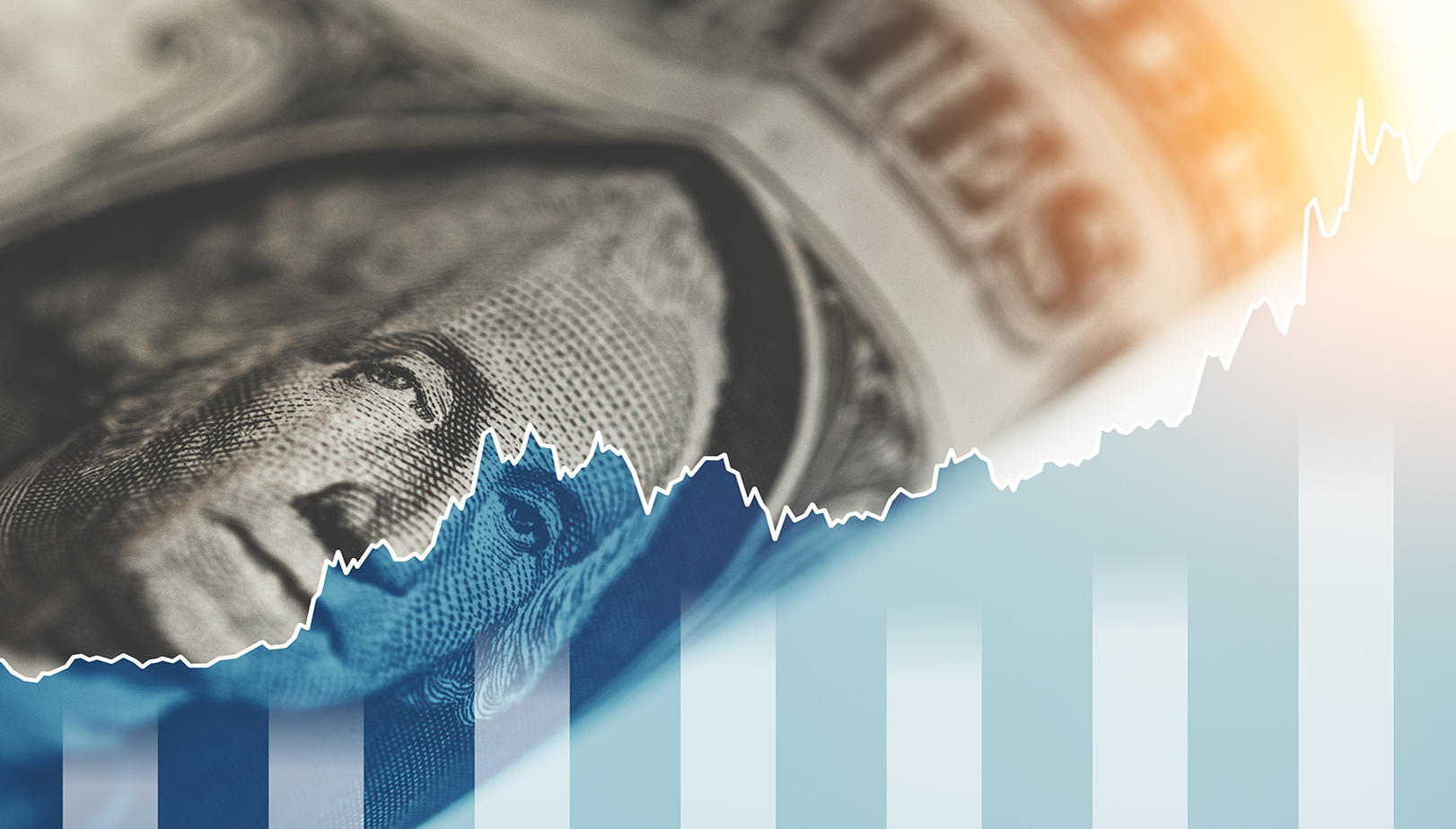The escalating U.S. debt crisis shrouds the economy in uncertainty. With the U.S. national debt soaring past $32 trillion as of Q2 2023, and the debt-to-GDP ratio near historic highs, this explosive potential looms large. Raising the debt ceiling, as was done in June, only delays the inevitable need for sustainable solutions. Raising the debt ceiling does not address the root cause of the problem: the persistent mismatch between spending and revenues.
A key escalation point in the U.S. financial landscape was a $1 trillion increase in the national debt within a month, a direct consequence of Congress’ decision to lift the borrowing ceiling. Prior to this, during the 2008 financial crisis, the U.S. debt increased by almost $1 trillion over the span of a year. The accelerated pace of debt accumulation today is a red flag for investors.
High levels of national debt could lead to increased financial market volatility and potential tax hikes, both of which can significantly impact investment returns in the public markets. Plus, the need to service this growing debt might prompt cuts in public spending, indirectly affecting sectors dependent on government contracts and subsidies.
For private investors, this necessitates a shift in strategy. Assets tied to stable government spending may no longer be safe bets. Conversely, businesses and sectors resilient to such cuts, or those that may benefit from potential tax hikes, such as certain green technologies or healthcare services, may present attractive investment opportunities.
Consumer Savings Evaporate
Simultaneously, the post-pandemic phase has seen a dramatic decrease in excess savings, dropping by about $100 billion each month. These savings, accumulated in part due to reduced consumer spending during the pandemic, acted as a financial cushion for households and a potential catalyst for future consumer spending.
Their steady depletion, combined with a still-uncertain job market, could impact consumer behavior, leading to reduced discretionary spending and consequently impacting industries such as travel, hospitality, and luxury goods. Understanding these consumption trends will be crucial for private investors as they reassess their portfolio allocations.
The personal savings rate declined to a mere 4.6% by February 2023, far below the decades-long average of 8.9%. For historical context, the U.S. personal savings rate had dipped to a similar low ahead of the 2008 financial crisis, suggesting that current low savings rates could be a precursor to economic turbulence.
Reduced savings may lead to a decrease in overall consumer spending, which could in turn impact corporate profitability across sectors. For private investors, this calls for caution in sectors heavily reliant on consumer spending. Diversification into defensive stocks or countercyclical sectors like utilities, healthcare, or certain technology services, which historically tend to perform well during economic downturns, may be prudent.
After a two-year expansion in consumer spending, 2023 marked a contraction, with overall real spending growth declining in April. This shift could suggest consumer sentiment or behavior changes, perhaps driven by uncertain market conditions or changing demographic trends.
A Global Domino Effect
Should the U.S. default on its debt, the fallout would be far-reaching, potentially triggering a global financial crisis that could surpass the severity of the 2008 financial crisis. As history has shown, crises of this magnitude can be devastating for investments, causing a downward spiral in global markets.
Given the interconnected nature of global financial market disruptions, private market investors need to evaluate the extent of their exposure to potential global economic shocks. Diversifying your alternative investments across geographies and asset classes can be a key risk mitigation strategy, along with investing in businesses that have demonstrated resilience despite slowed economic growth.
Historically, private markets outperformed during downturns compared to public markets, with less significant drawdowns and faster recoveries. While US consumer savings and spending are dropping, private equity dry powder remains sky-high. This presents a potent opportunity for mergers and acquisitions, as private equity firms “buy and build” during downturns, allowing portfolio managers to acquire assets at a discount.
With their long time horizons and low correlation to public markets, private investments like venture capital, real estate, private equity, and private credit are becoming increasingly attractive. With Gridline’s digital private market infrastructure, individual accredited investors can access top-tier private investments.
